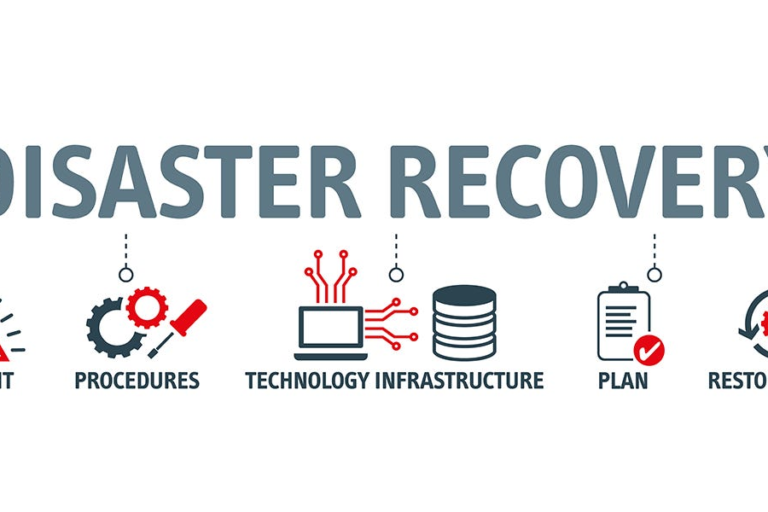The Role of Printing Supplies in Sustainable Custom Apparel Production
In recent years, the demand for custom apparel has surged, driven by both the growing personalization trend and a heightened awareness of environmental issues. As consumers and businesses alike push for more sustainable practices, the printing supplies used in custom apparel production have a crucial role to play in reducing the industry’s environmental footprint.
Source: Union Prints
This article explores how printing supplies contribute to sustainable custom apparel production and what innovations are shaping a greener future for the industry.
1. The Environmental Impact of Traditional Printing Methods
Before delving into sustainable solutions, it’s important to understand the challenges posed by traditional apparel printing methods. Conventional techniques such as screen printing, heat transfers, and dye sublimation often rely on materials and processes that are harmful to the environment.
- Inks and Chemicals: Traditional printing methods commonly use solvent-based inks, which can contain volatile organic compounds (VOCs) that contribute to air pollution and health hazards. These inks often require chemical solvents for cleanup, further exacerbating the environmental impact.
- Waste: Excess inks, misprints, and leftover materials can lead to significant waste, including plastics, chemicals, and textiles. Additionally, screen printing typically involves the use of plastic-based stencils, which can be difficult to recycle.
- Energy Consumption: Certain printing processes, like heat pressing, can be energy-intensive, contributing to a larger carbon footprint.
As the apparel industry faces increasing pressure to become more eco-conscious, the printing process must evolve to ensure custom clothing production aligns with sustainability goals.
2. Sustainable Printing Supplies for Custom Apparel
Innovations in printing supplies and technology have revolutionized the custom apparel industry, particularly when it comes to sustainability. The development of eco-friendly materials and methods has significantly reduced the environmental footprint of apparel production. Here are some key advancements in printing supplies that are helping to minimize the environmental impact of custom clothing production:
A. Eco-Friendly Inks
One of the most significant changes in sustainable custom apparel production has been the development of eco-friendly printing supplies, particularly inks. Many apparel printers are now adopting water-based, solvent-free, and biodegradable inks that reduce harmful emissions and improve the overall environmental profile of the printing process. If you’re looking to make the switch to greener alternatives, be sure to explore eco-friendly ink options for your custom apparel printing needs.
- Water-Based Inks: These inks are free from harmful solvents and contain a lower concentration of chemicals, helping to reduce air pollution and minimize health risks for workers involved in the production process. Water-based inks are particularly popular in screen printing and direct-to-garment (DTG) printing methods.
- Eco-Friendly Plastisol Inks: Traditionally, plastisol inks, made from PVC, were widely used in custom apparel printing. However, newer versions of these inks—developed with reduced levels of toxic chemicals—are now available as sustainable printing supplies. These inks are more easily recyclable, providing an environmentally friendlier option compared to traditional plastisol.
- Soy-Based Inks: A more recent innovation in the textile printing world is the use of soy-based inks. These inks utilize renewable resources rather than petroleum-based compounds, reducing the carbon footprint and promoting sustainability in custom apparel production.
By choosing the right printing supplies, apparel manufacturers can drastically reduce the environmental impact of their products.
B. Sustainable Fabrics and Textiles
While printing supplies like inks are critical to sustainable printing, the choice of fabric is just as important. Sustainable fabrics, when paired with eco-friendly printing supplies, contribute significantly to reducing the overall environmental footprint of custom apparel. Materials like organic cotton, recycled polyester, and other sustainable fibers are gaining traction for their lower environmental impact.
When using water-based or biodegradable inks, these sustainable fabrics enhance the overall eco-friendliness of the apparel. Additionally, innovations in biodegradable and recyclable textiles are expanding the possibilities for creating fully sustainable custom apparel products. As printing supplies continue to evolve, so too do the fabrics that can be used in conjunction with these more sustainable methods.
Pro Tip: If you’re running a custom apparel business and want to boost your sales, you’ll definitely want to check out this blog on SEO strategies for custom apparel
C. Direct-to-Garment (DTG) Printing
Direct-to-garment (DTG) printing, which applies ink directly onto fabric using digital technology, has become one of the most sustainable printing supplies options in the market. Unlike traditional screen printing, DTG does not require the use of screens or stencils, thus reducing waste and eliminating the need for toxic cleaning chemicals.
DTG printing also helps to minimize ink wastage, as it uses only the precise amount of ink needed for each design. Since the ink is absorbed directly into the fabric, there is no need for additional post-production treatments like heat curing, which can consume large amounts of energy. By choosing DTG as a printing supply solution, apparel producers can improve their sustainability efforts while delivering high-quality, custom designs.
D. Sublimation Printing
Sublimation printing is another sustainable alternative for custom apparel production. This process involves turning solid dye into gas and bonding it directly to fabric, typically polyester, which is highly recyclable. Since sublimation inks are water-based and do not require excessive chemicals or high-energy processes to set the ink, it is an energy-efficient and eco-friendly choice among printing supplies.
Additionally, sublimation printing results in designs that are highly durable, reducing the need for frequent replacements and contributing to the longevity of the apparel.
3. Reducing Waste Through Efficient Printing Processes
Waste reduction is a key component of sustainable custom apparel production. Several strategies are being implemented to minimize waste throughout the printing process:
- On-Demand Printing: One of the most significant shifts in the industry has been the move toward on-demand production. By printing apparel only when an order is placed, waste caused by overproduction is reduced. This is particularly beneficial in the custom apparel sector, where inventory management and demand forecasting can be challenging.
- Minimalist Design: Streamlined designs that use fewer colors and simpler techniques can reduce both ink usage and production time, further lowering environmental impact.
- Efficient Layouts: Many custom apparel businesses are adopting software solutions to optimize the layout of designs on garments, ensuring minimal fabric waste during the cutting process.
4. The Role of Printing Suppliers in Sustainability
Printing suppliers play a pivotal role in promoting sustainable practices in custom apparel production. Suppliers are responsible for developing and offering eco-friendly inks, fabrics, and printing technologies, and they are increasingly partnering with apparel manufacturers to ensure sustainable practices are integrated into the entire supply chain.
By choosing printing supplies that prioritize environmental stewardship, companies can create products that align with the growing demand for sustainable fashion. Additionally, printing suppliers are offering programs to help apparel brands transition to more sustainable practices, such as ink disposal and recycling services.
5. Consumer Demand and the Future of Sustainable Printing
As awareness of environmental issues continues to grow, consumers are becoming more discerning about the products they buy. This shift in consumer demand is pushing apparel brands to prioritize sustainability at every stage of production, including printing.
Sustainability is no longer a niche concern; it is a central aspect of consumer purchasing decisions. Apparel brands that adopt sustainable printing practices are better positioned to attract environmentally conscious consumers and differentiate themselves in a crowded marketplace.
Looking ahead, the future of custom apparel printing will likely be shaped by further innovations in eco-friendly inks, energy-efficient production methods, and materials that are both sustainable and durable. As printing technology continues to evolve, the apparel industry is poised to play an increasingly important role in reducing waste and promoting sustainable fashion.
Explore: Since you’ve read this far in the blog, you might be interested in reading a post on how custom apparel is redefining fashion.
Conclusion
The role of printing supplies in sustainable custom apparel production is far-reaching and essential. From the development of eco-friendly inks to the adoption of on-demand printing and energy-efficient technologies, these innovations are helping reduce the environmental impact of custom apparel production. As the industry continues to evolve, sustainable printing practices will remain a key component of the movement toward more responsible and eco-conscious fashion.
If you want to read more articles, visit our blog on glamouruer.






